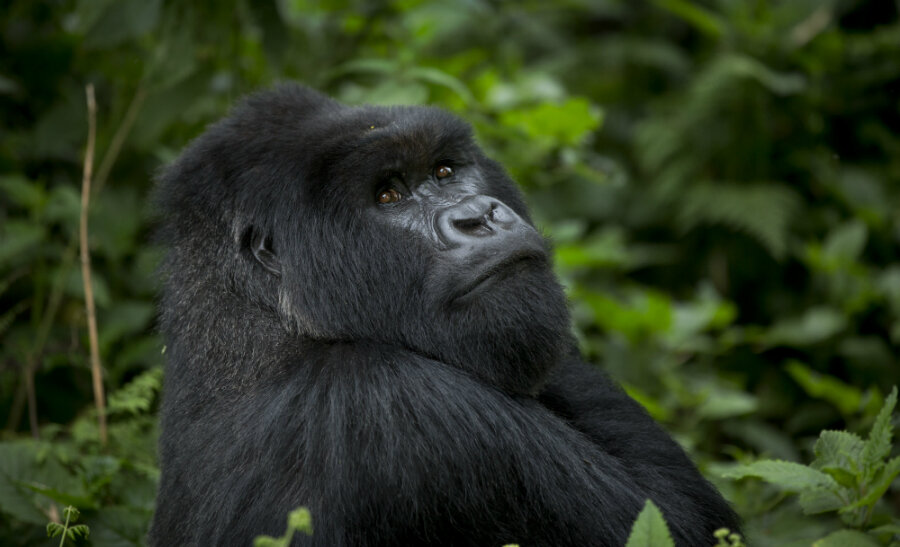More than half of all primates threatened with extinction, according to 'wake-up call' study
Loading...
Our primate relatives aren’t doing as well as we thought.
Roughly 60 percent of the more than 500 existing species of primate, including gorillas, monkeys, and lemurs, are now threatened with extinction, while 3 out of 4 have shrinking populations, according to an international study published in the journal Science Advances.
The study was the first comprehensive survey of primate populations, complementing more focused tracking of specific individuals and groups. And the decline in numbers that it turned up came as a surprise to the researchers.
“The outlook is not very good,” University of Illinois researcher Paul Garber told the Associated Press, adding that it was a “bigger wake-up call” than he and the rest of the team expected.
The cause of the decline is human activities: specifically, activities linked to global and local market demands, such as ranching, logging, oil and gas drilling, the expansion of industrial agriculture, hunting, and mining. And there has been a recent acceleration in population losses. The Grauer’s gorilla, for instance, fell from about 17,000 in number in 1995 to some 3,800 at present, according to the study.
Of species in the primate family, lemurs are in particular trouble. In Madagascar, declines have for years been notoriously steep because of illegal hunting and habitat destruction. But it’s not just one or two countries: about 94 percent of lemur species are endangered worldwide.
"We need to look at [population losses] almost as signals. They're telling us something about our future," said Dr. Garber. "This is a critical world problem."
In recent years, scientists have gotten a better grip on both how much of a threat certain human activities pose to animal populations, as well as how populations can be conserved. The news may underscore the need to intensify conservation efforts.
"It's a landmark paper," Anne D. Yoder, the director of Duke University's Lemur Center, who was not involved in the study, told The New York Times. "It's alarming without being alarmist."
One 2014 study by Duke conservation ecologist Stuart Pimm found that species were going extinct about 1,000 times faster than if human influence weren’t a factor. But as Dr. Pimm told The Christian Science Monitor’s Eva Botkin-Kowacki in October, scientists in the United States and elsewhere are also becoming more successful at conservation:
Under the Obama administration, 28 endangered or threatened species have recovered sufficiently to be removed from the endangered species list – more than under all other administrations combined since the Endangered Species Act (ESA) became law in 1973, according to the US Fish and Wildlife Service.
…
“Once a species gets on the list, its chances of going extinct are quite small,” Pimm says. “The Endangered Species Act is a very powerful tool.”
But the Act faces an uncertain future under the incoming presidency. Republicans in Congress often view it as a government attempt to control land, to the detriment of business development. During the Obama administration, they sponsored dozens of measures to weaken it, as the Monitor noted on Wednesday, and are reportedly preparing to again propose reforms, such as giving states more input and capping how many species can be protected.
For primates worldwide, the latest study says, more conservation is key – but that requires public awareness.
"Given that primate range regions overlap extensively with a large, and rapidly growing, human population characterized by high levels of poverty, global attention is needed immediately to reverse the looming risk of primate extinctions and to attend to local human needs in sustainable ways," the researchers write. "Raising global scientific and public awareness of the plight of the world’s primates and the costs of their loss to ecosystem health and human society is imperative."
This article contains material from the Associated Press.








